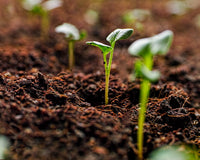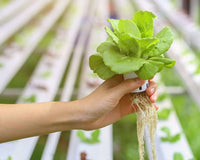Overwatering is a common mistake that happens to every gardener, beginner or expert. With the recent California rainfall, many plants experienced more water intake than usual. Overwatered soil can lead to many problems. If you’re unsure that your plants are overwatered, read below and save your plants!
Soil should feel damp, but it shouldn’t be flooded or constantly damp. Your plant stops absorbing water properly because there isn’t enough oxygen in the soil. Overwatered soil may cause your plant to drown and suffer. Without oxygen, there may be slowed or stunted growth.
Checking your leaves is a good indicator. Your plant's leaves may develop brown spots surrounded by a yellow ring. It may feel soft, wilted, and young leaves fall off.
This isn’t the only problem: mold, fungus, root rot, and powdery mildew may arise in your soil or plant. Humid conditions may also attract pests, such as gnats, mites, springtails, and aphids. These pests are known to cause significant damage to your plants.
Sometimes overwatering is out of our control whether it’s heavy rainfall or accidental overwatering. It’s important to recognize signs of overwatering. There’s a chance to save your plants before it’s too late!






